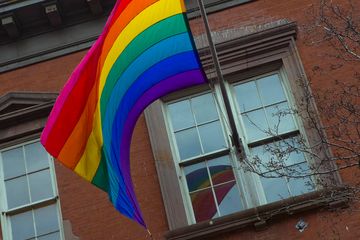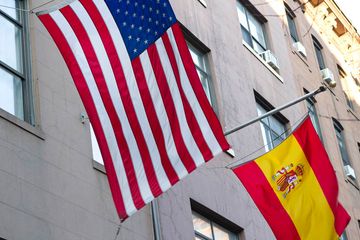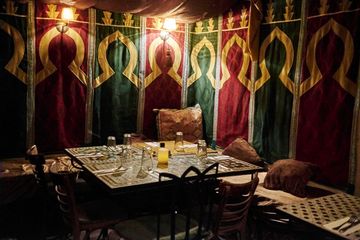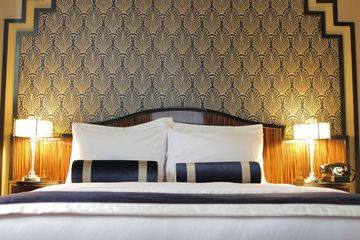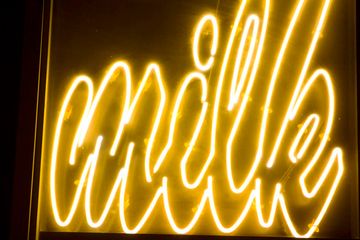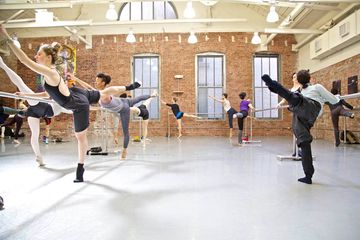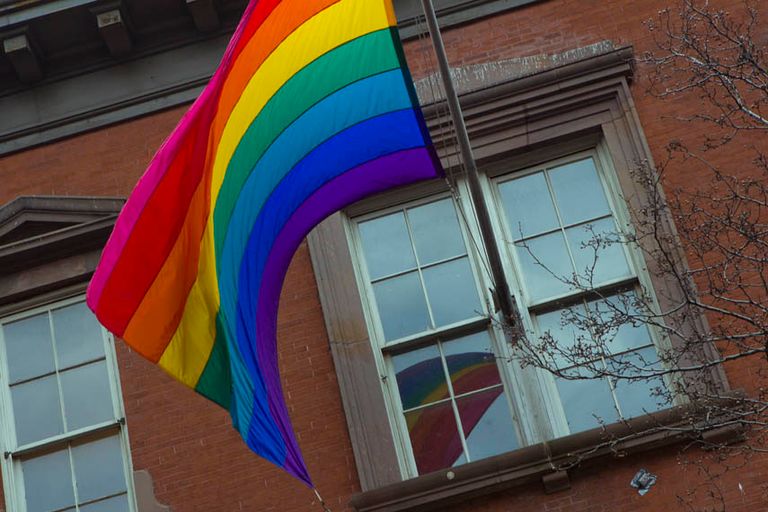
“We’re a space for organizing and connection,” is how Communications Director Helen Buse described the LGBT Community Center. Though the seeds of The Center were planted following the 1969 Stonewall riots, it took nearly fifteen years for it to be founded at the site of a former trade high school on 13th Street. Since then, it has been the birthplace of a bevy of key advocacy organizations that went on to gain national prominence, including the Gay and Lesbian Alliance Against Defamation (GLAAD), Queer Nation, and the ACT UP coalition to fight AIDS. It is now home to hundreds of groups that run the gamut from drawing classes to political associations to twelve-step programs. The Center’s own resources are equally as wide-ranging, including substance abuse recovery and wellness services, mental health support, economic advancement initiatives, career guidance, and an abundance of arts activities such as film screenings and in-house exhibitions.
The Center has long been a locus for artists, activists, and academics to discuss and create work that celebrates the queer community and addresses the relevant issues it faces. Its first cultural event, known as Second Tuesday, has been running uninterrupted since 1985. It serves as an opportunity for those in academia, politics, and a myriad of other fields to read their work and converse with the LGBTQ+ community. Speakers from Black writer Audre Lorde to AIDS historian Sarah Schulman have lectured under this series, which is a Center favorite. Helen is proud to say that these direct resources are continually growing to respond to the needs of all who flock to the organization. “It makes me excited for what the future holds because the Center has a track record of expansion and evolution that is part of what makes it so special.”
The Center’s significance is not merely limited to what it provides, but also the building where it is housed. In the 1980s, a host of artists were invited to paint murals across the walls, many of which are still visible today. A piece by Keith Haring located in the second-floor bathroom is especially popular, and Helen always urges visitors to take a look. “They are a great part of history.”
